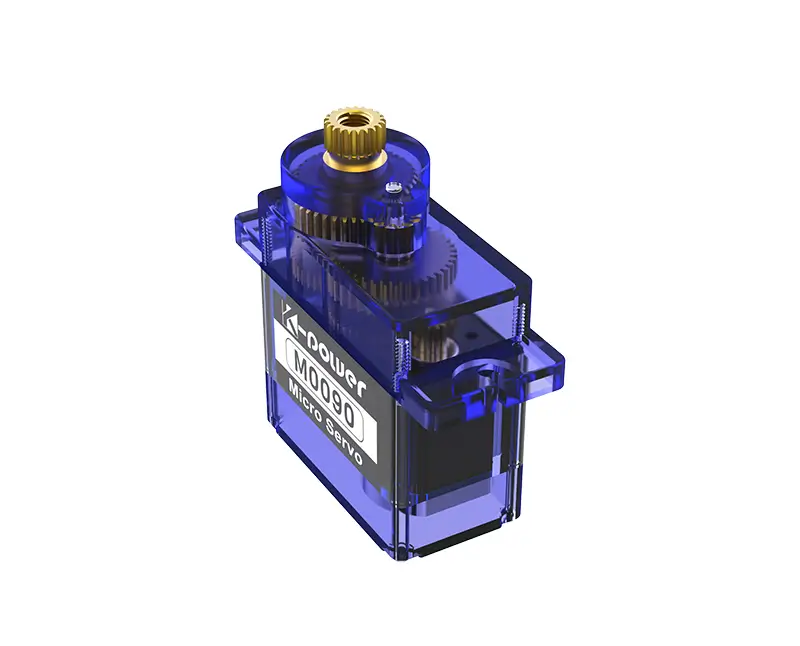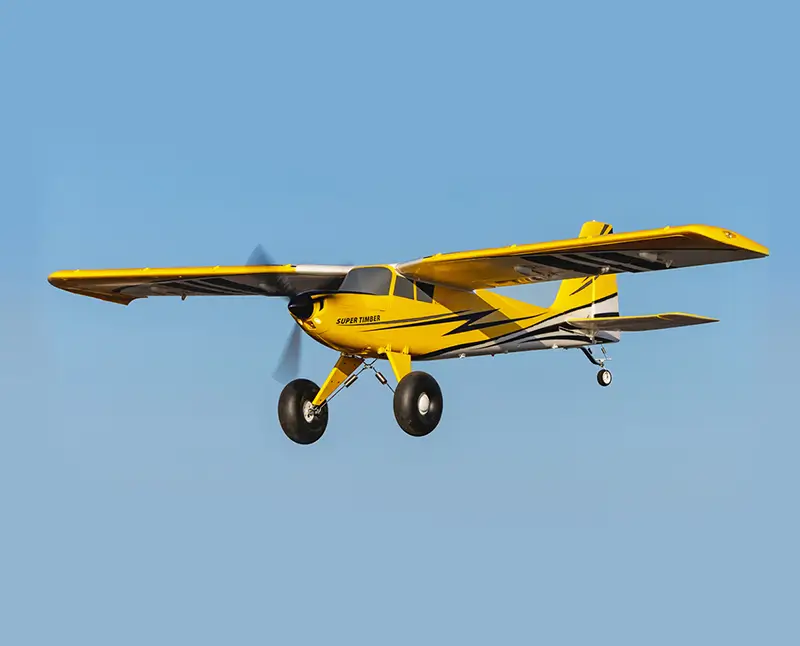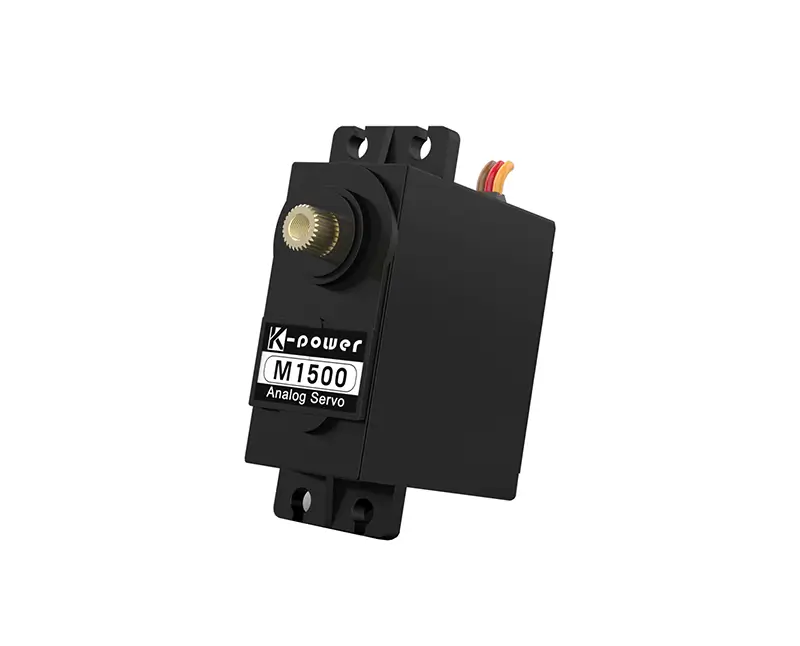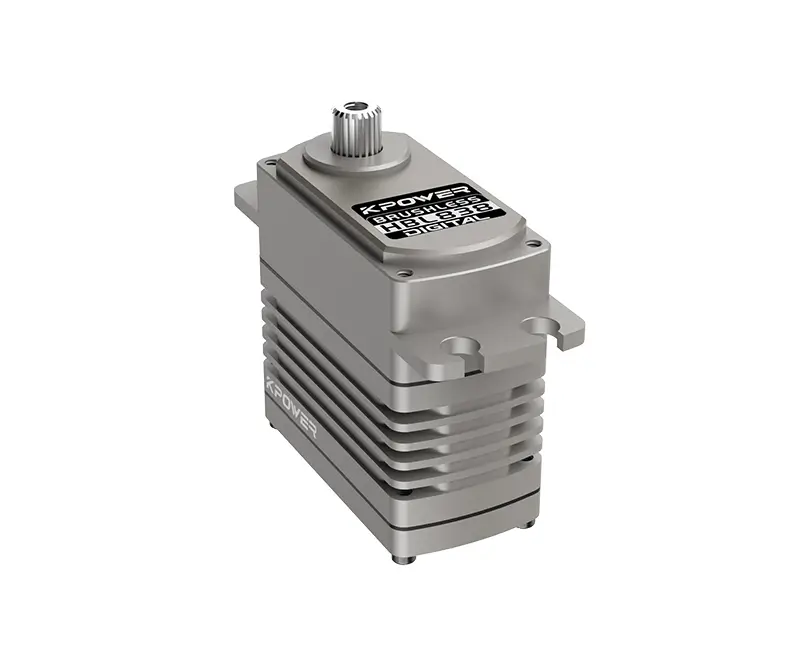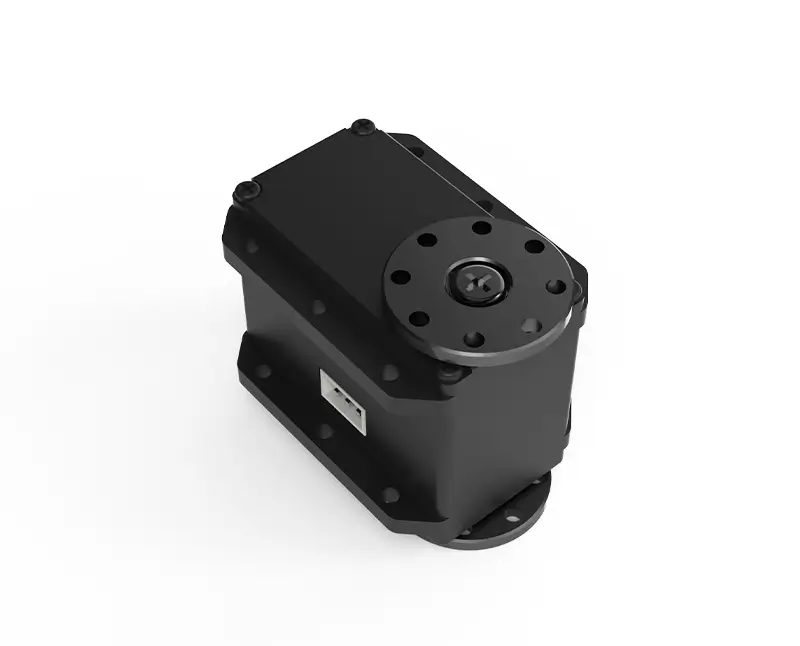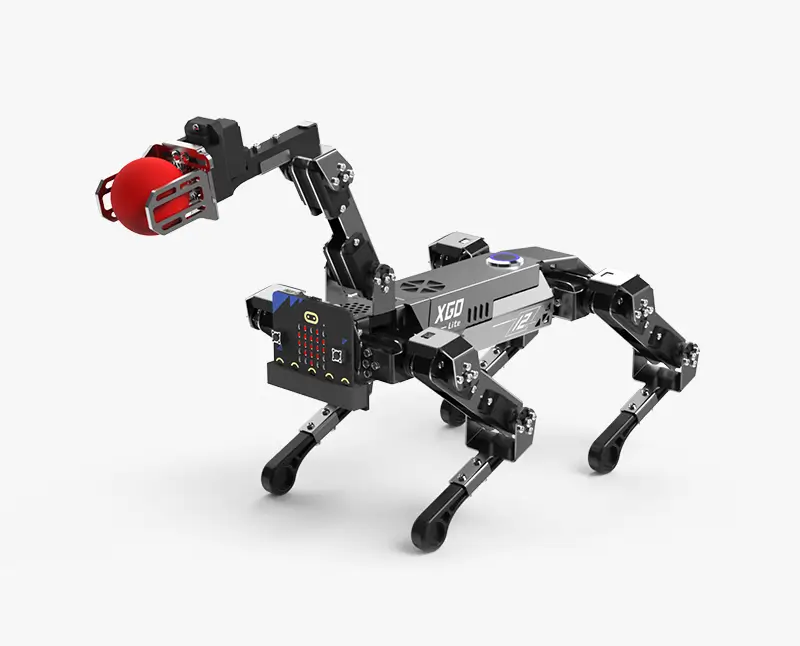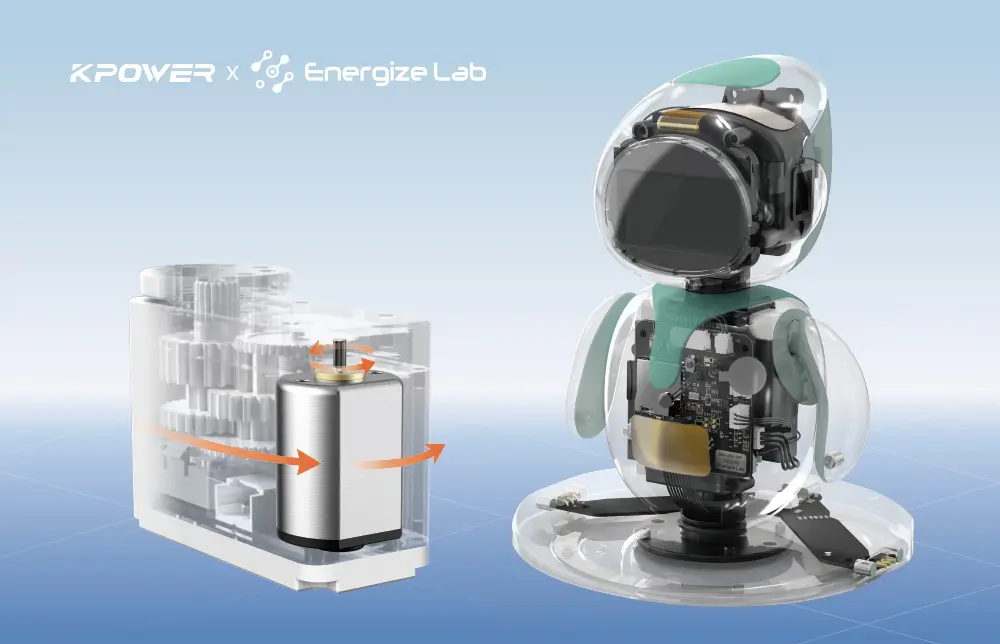The MG996R servo motor has become a staple in robotics workshops, RC car garages, and maker spaces worldwide. Its popularity among engineers and hobbyists lies in its rare combination of power, precision, and adaptability—making it the "Swiss Army knife" of motion control. Below is a structured breakdown of its specs, performance, applications, and advanced techniques.
The MG996R’s appeal originates from its well-balanced technical parameters, which prioritize both performance and long-term reliability.
It stands out by balancing torque, speed, and accuracy—three key factors often compromised in other servos:
Torque: 10 kg·cm (138 oz·in) at 6V (enough to lift a small laptop), peaking at 12 kg·cm at 7.2V for heavy loads.
Speed: 0.19 seconds/60° under no load, ensuring responsive movements without losing control.
Accuracy: Positional precision within ±1°, critical for tasks like camera stabilization or robotic arm positioning.
Durability: Heat-treated, titanium-coated aluminum alloy gears (vs. plastic) resist wear and stripping under repeated stress.
Its consistent performance comes from high-quality internal components working in synergy:
While specs are impressive on paper, the MG996R excels in practical, high-stress scenarios.
Compared to similar servos, it shows clear strengths:
Maintains torque consistency after 2 hours of continuous operation.
Has 15% less voltage sag than plastic-geared competitors.
Handles sudden direction changes without the "twitching" common in cheaper models.
Its 4.8V–7.2V range offers flexibility, but each voltage suits different scenarios:
4.8V: Quieter operation, less heat—ideal for precision tasks (e.g., camera sliders).
6.0V: Balanced performance—fits most applications (robotic joints, RC steering).
7.2V: Maximum torque (12 kg·cm)—for heavy-lifting tasks (e.g., large robotic arms).
Pro Tip: Pair with a UBEC (Universal Battery Elimination Circuit) when using LiPo batteries to prevent voltage spikes that damage the control board.
Dimensions: 40.7×19.7×42.9 mm; Weight: 55g.
Its small size fits tight spaces (drone gimbals, 1/10 scale RC trucks).
Anti-jamming aluminum base absorbs vibrations—critical for stable aerial photography.
The MG996R’s versatility makes it suitable for diverse projects across industries and hobbies.
Robotic Joints: Powers 3DOF (Degree of Freedom) robotic arms with 500g payloads.
RC Vehicles: Steering systems for 1:8 scale monster trucks (handles rough terrain).
Home Automation: Motorized camera sliders, smart pet feeders.
Education: Teaches PID control principles (ideal for student projects).
Tokyo Startup RoboChef: Uses 12 MG996Rs in an automated ramen noodle stretcher.
The servo endures steam-filled environments, thanks to unofficial but field-proven IP42 splash resistance.
The MG996R is easy to integrate with common maker platforms—below are basic to advanced setups.
#include <Servo.h>Servo myservo;void setup() {
myservo.attach(9); // Connect servo signal wire to Pin 9}void loop() {
myservo.write(90); // Move to neutral position (90°)
delay(1000); // Wait 1 second
myservo.write(180); // Move to full clockwise position
delay(1000); // Wait 1 second}from gpiozero import AngularServofrom time import sleep# Set servo pin (17) and angle range (-90° to 90°)servo = AngularServo(17, min_angle=-90, max_angle=90)while True:
servo.angle = -90 # Move to leftmost position
sleep(1) # Wait 1 second
servo.angle = 90 # Move to rightmost position
sleep(1) # Wait 1 second
For experienced makers, these mods can enhance performance and adaptability.
Heat Management: Add thermal paste between the motor and casing, plus a 5V cooling fan (prevents overheating in long operations).
Signal Boost: Install ferrite beads on PWM wires to reduce EMI (electromagnetic interference) in drone setups.
Waterproofing: Apply conformal coating on the PCB (avoid the potentiometer!) for outdoor robotics.
Solve typical problems to ensure stable operation.
Jittery Movement: Check for power supply ripple—add a 100µF capacitor across the servo power leads.
Overheating: Reduce PWM duty cycle below 80% during sustained use.
Dead Zones: Recalibrate the potentiometer using a servo tester.
Safety Note: The MG996R draws up to 1.2A stall current—always use separate power rails for control logic (Arduino/Raspberry Pi) and the servo motor.
Ensure your MG996R-based projects remain adaptable and durable long-term.
Mount Design: Leave 2mm tolerance in mounts for easy servo swaps.
Compatibility: Use 25T spline-compatible horns for cross-brand replacement.
Software Protection: Implement software torque limiting to extend gear life.
3D Printing Upgrade: Use custom cases with integrated heat sinks (e.g., Thingiverse design #32789) to improve thermal resistance.
The MG996R is more than a component—it’s a gateway to motion innovation. Whether building a battlebot, automated cocktail mixer, or robotic arm, mastering its specs and techniques is the first step to creating extraordinary moving projects.


































